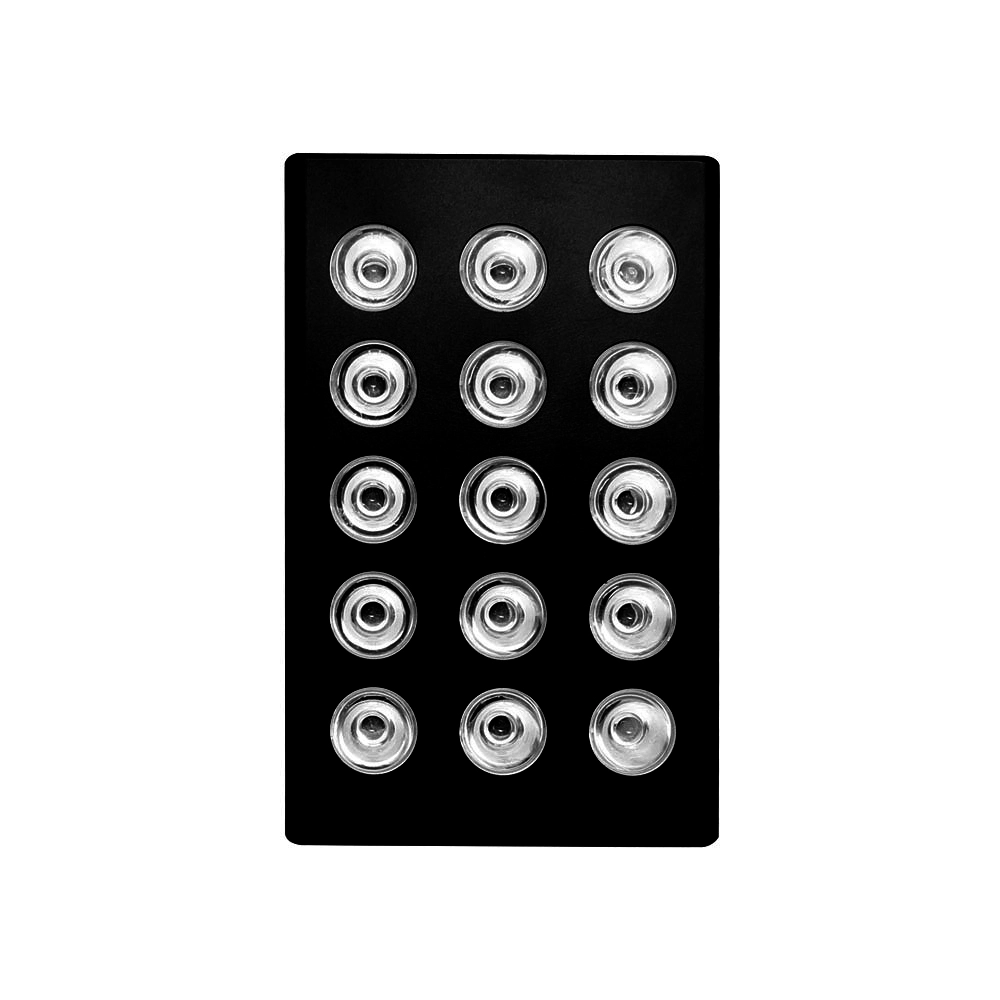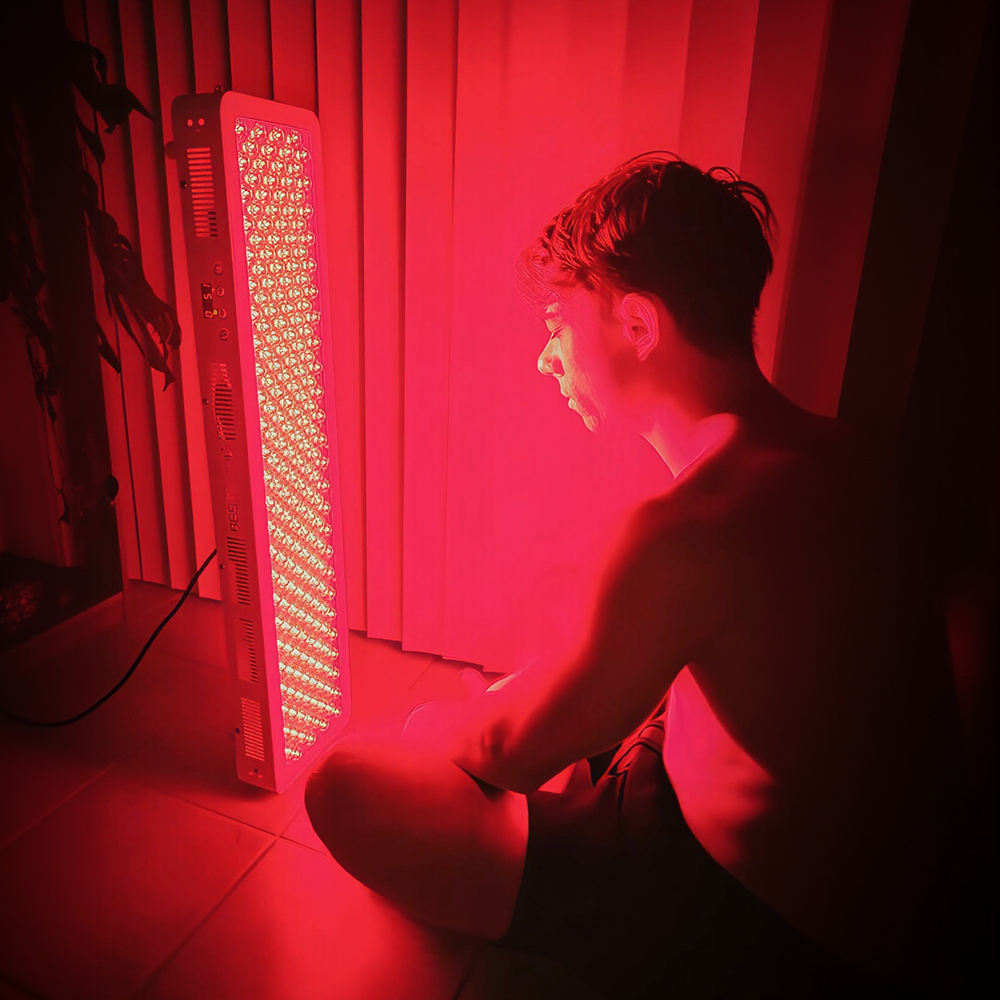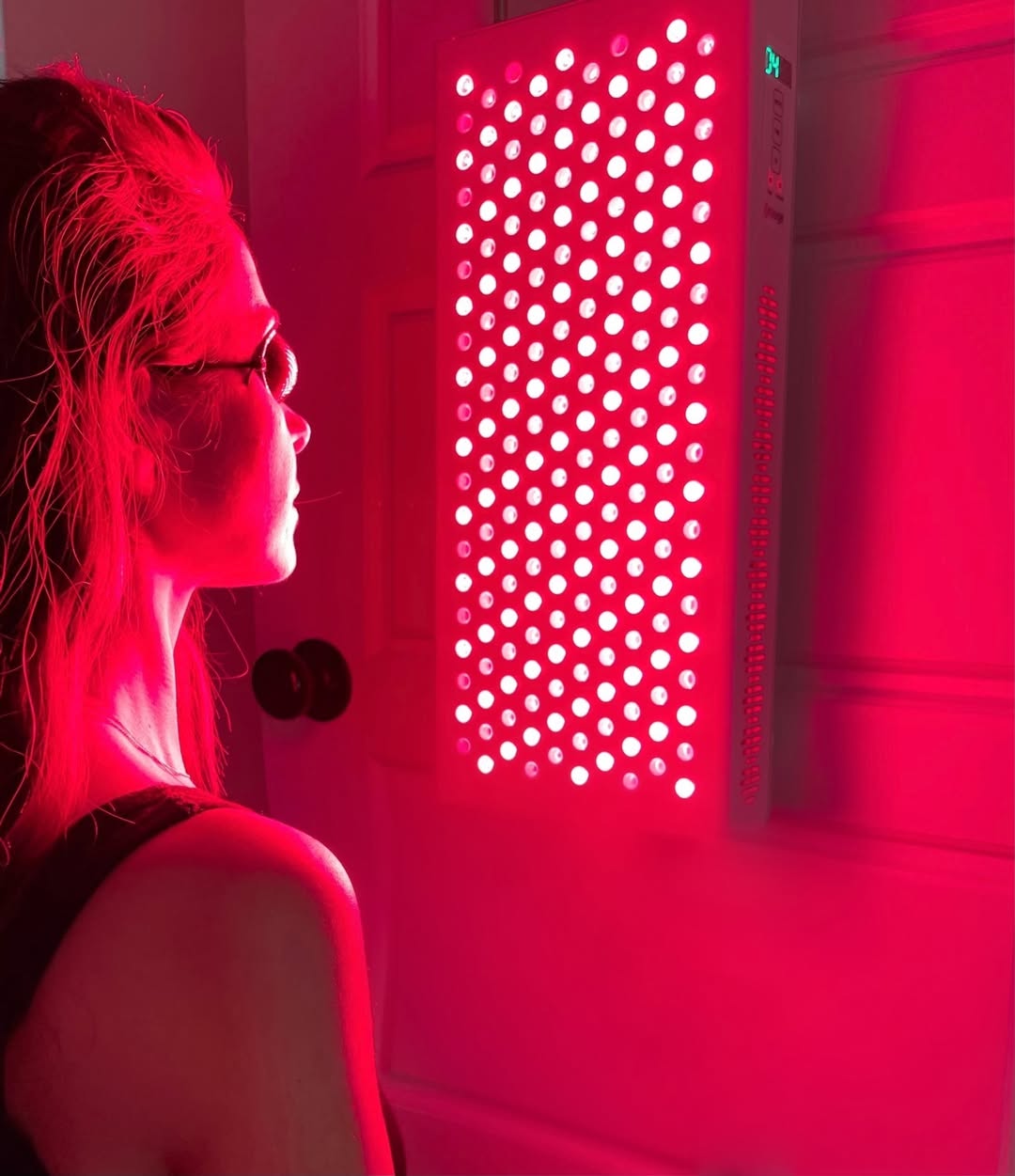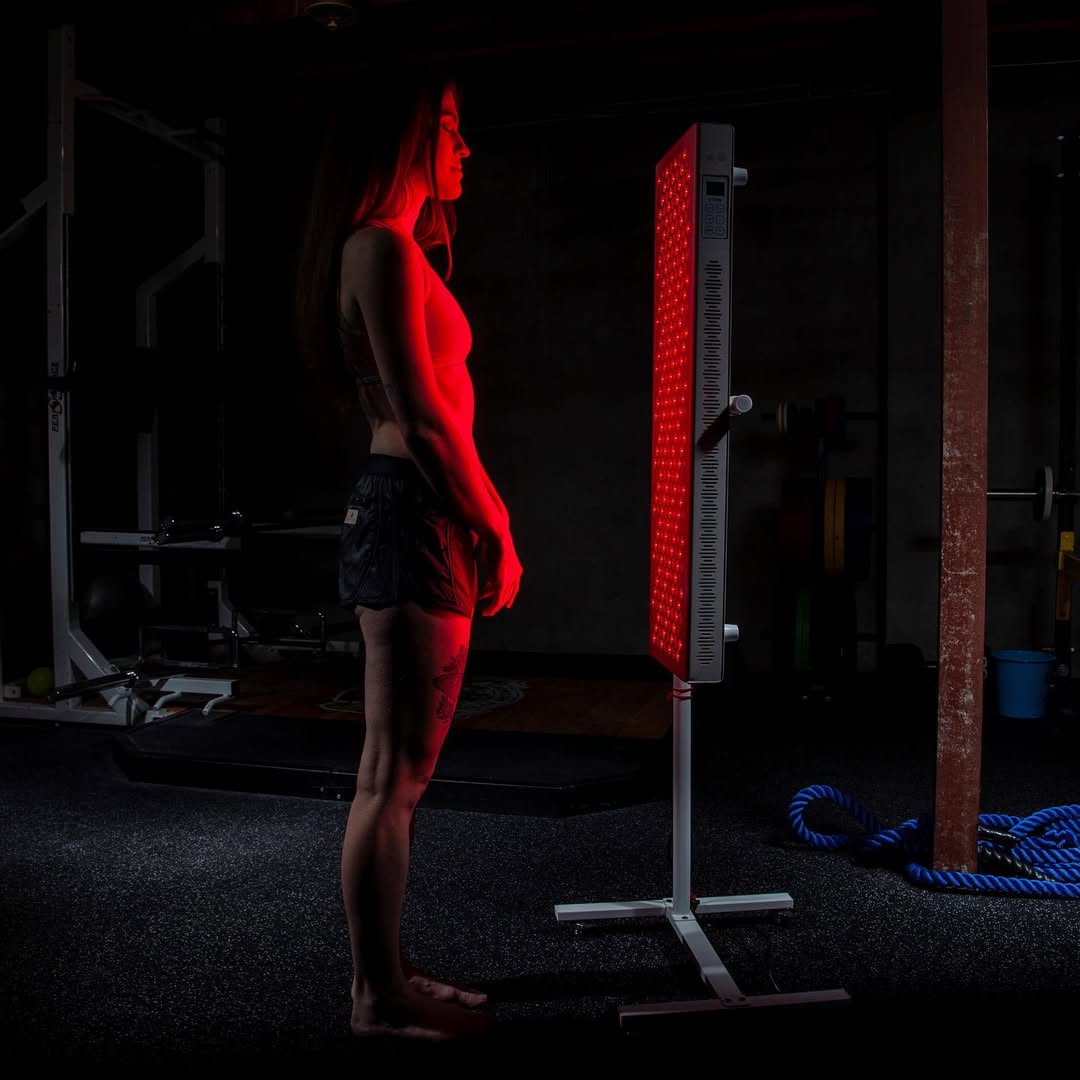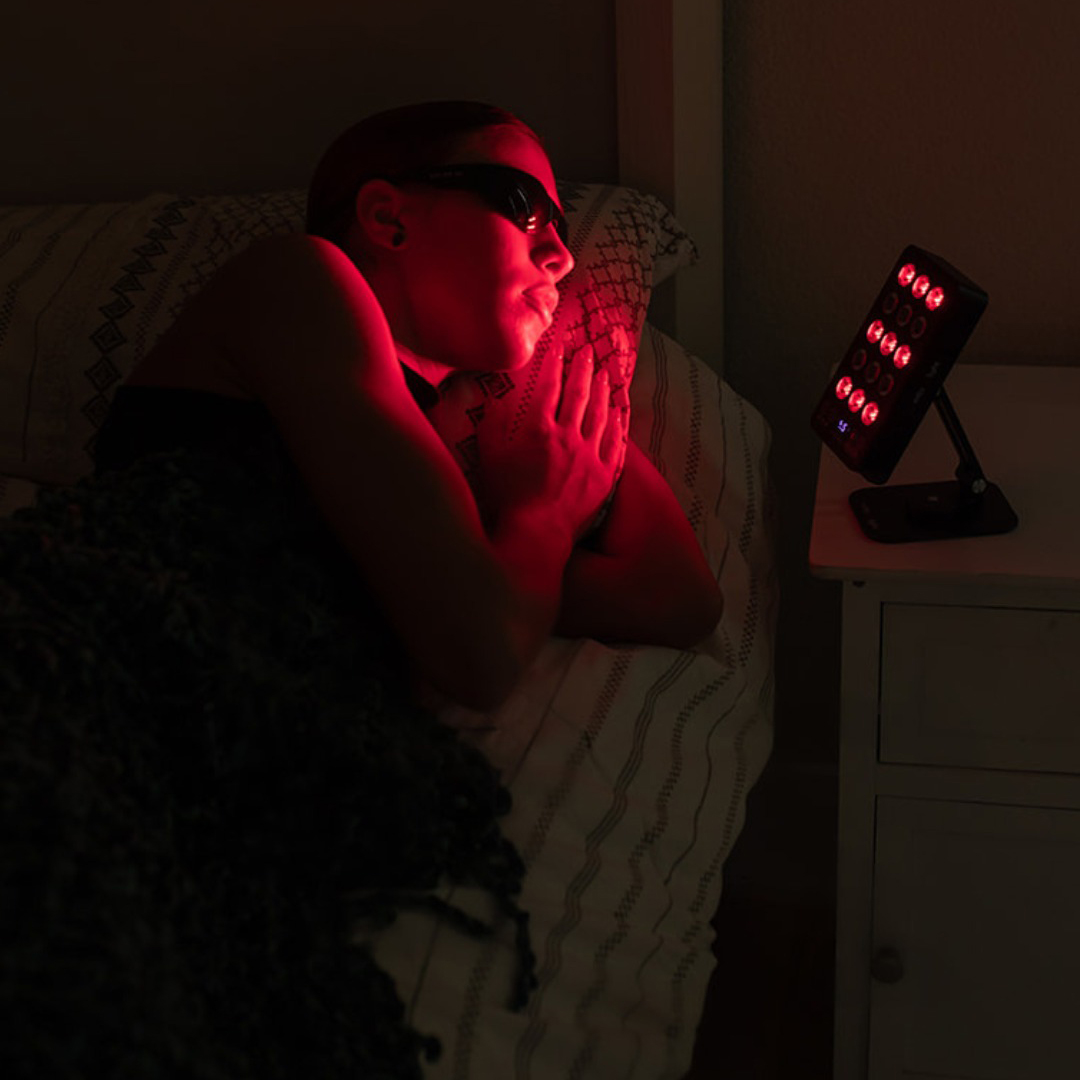![]() Free Shipping
Free Shipping ![]() Buy Now, Pay Later
Buy Now, Pay Later ![]() Eligible
Eligible
Red Light Therapy for Tennis Elbow: A Complete Guide to Pain Relief and Healing
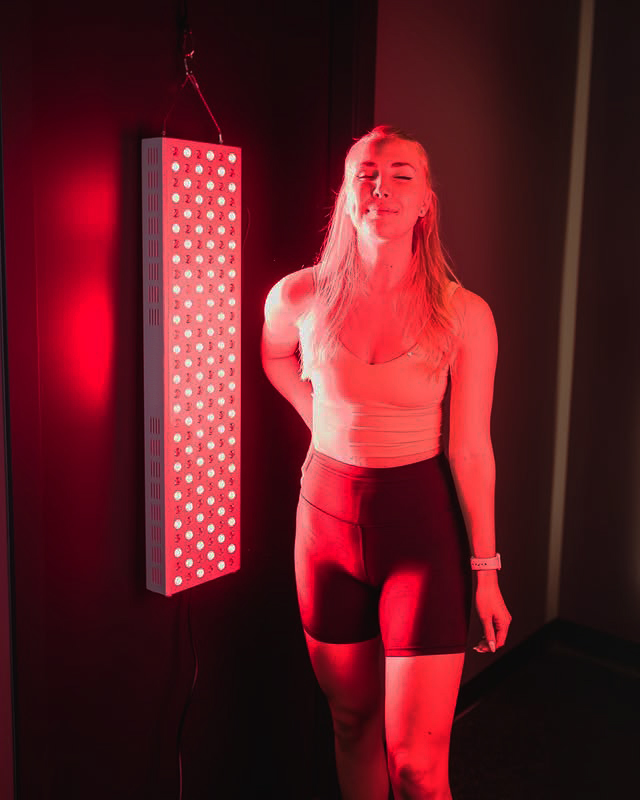
Tennis elbow, medically known as lateral epicondylitis, is a debilitating condition that causes pain on the outside of the elbow. Contrary to its name, you don’t have to be a tennis player to suffer from it; it affects anyone who performs repetitive gripping or wrist extension tasks, from carpenters and painters to office workers.
While traditional treatments like rest, ice, and physical therapy are common, a revolutionary, non-invasive treatment is gaining traction: Red Light Therapy (RLT). This article delves into how this cutting-edge technology works to alleviate the pain and promote the healing of tennis elbow.
What is Tennis Elbow? Understanding the Root of the Pain
Tennis elbow is an overuse injury that involves micro-tears in the tendons that connect the forearm muscles to the bony prominence on the outside of your elbow (the lateral epicondyle). This damage leads to a cycle of inflammation and pain, making even simple tasks like turning a doorknob or shaking hands excruciating.
The primary challenge with tendon injuries like tennis elbow is their poor blood supply, which significantly slows down the natural healing process.
How Does Red Light Therapy Work? The Science of Healing Light
Red Light Therapy, also known as Low-Level Laser Therapy (LLLT) or photobiomodulation, uses specific wavelengths of red and near-infrared (NIR) light to penetrate the skin and interact with the body’s cells.
The key mechanism occurs within the mitochondria, the “powerhouse” of the cell.
- Cellular Energy Boost: The light energy is absorbed by a enzyme called cytochrome c oxidase in the mitochondria. This stimulates the production of Adenosine Triphosphate (ATP), the fundamental energy currency of the cell.
- Reduced Oxidative Stress: RLT helps reduce harmful reactive oxygen species (ROS), lowering inflammation.
- Improved Blood Flow: The therapy stimulates the release of nitric oxide, a vasodilator that improves blood circulation, bringing more oxygen and nutrients to the damaged tissue.
- Activation of Healing Pathways: It modulates various cellular signaling pathways, encouraging repair and reducing pain signals.
Expert Insight: “Red and near-infrared light act as a catalyst for cellular repair. For tendon injuries like tennis elbow, this means directly addressing the core issue of slow metabolism and poor healing capacity at the cellular level,” explains Dr. Michael Smith, a certified physical therapist.
The Specific Benefits of Red Light Therapy for Tennis Elbow
Applying RLT to the elbow area provides a multi-faceted approach to healing:
- Reduces Pain and Inflammation: By calming the inflammatory response and reducing swelling, RLT provides significant pain relief.
- Accelerates Tissue Repair: The boost in ATP production gives tendon cells the energy they need to repair the micro-tears more efficiently.
- Increases Blood Circulation: Enhanced blood flow delivers essential healing compounds to the site of injury while flushing out waste products.
- Improves Range of Motion: As pain and inflammation decrease, stiffness is reduced, allowing for a greater and less painful range of motion.
Red Light Therapy vs. Traditional Tennis Elbow Treatments
How does RLT stack up against other common treatments? The following table provides a clear comparison.
| Treatment Method | How It Works | Pros | Cons |
|---|---|---|---|
| Red Light Therapy | Stimulates cellular repair and reduces inflammation at the source. | Non-invasive, drug-free, minimal side effects, can be used at home. | Requires consistency, not an instant “fix.” |
| Physical Therapy | Strengthens forearm muscles and improves flexibility through exercises. | Addresses muscle imbalances, provides long-term strategy. | Can be painful initially, requires multiple clinic visits. |
| Cortisone Injections | Powerful anti-inflammatory steroid injected directly into the site. | Provides rapid, short-term pain relief. | Temporary effect, can weaken tendons over time, potential side effects. |
| NSAIDs (Ibuprofen) | Systemically reduces inflammation and pain. | Readily available, provides temporary relief. | Does not heal the tendon, can cause stomach/kidney issues with long-term use. |
| Rest & Ice | Reduces initial inflammation and prevents further aggravation. | Simple, cost-effective first step. | Does not actively promote healing; pain often returns with activity. |
How to Use Red Light Therapy for Tennis Elbow: A Practical Guide
Using RLT for tennis elbow is straightforward, whether you visit a clinic or use a personal device at home.
- Device Preparation: Ensure the device is clean and charged (if wireless).
- Positioning: Expose the painful area on the outside of your elbow.
- Application: Place the light panel or device 6-12 inches from the skin. The light should feel warm but not hot.
- Duration: Treat the area for 5-10 minutes per session.
- Frequency: For best results, use it 1-2 times daily.
Consistency is key. While some may feel relief after a few sessions, significant tissue repair typically takes several weeks of regular use.
What to Look for in a Red Light Therapy Device
If you’re considering a home device, focus on these key specifications:
- Wavelengths: Look for a combination of red (630-660nm) and near-infrared (810-850nm). NIR penetrates deeper, making it crucial for reaching the tendon.
- Power Density (Irradiance): Measured in mW/cm², a higher power density means shorter treatment times and more effective energy delivery.
- Treatment Area Size: For an elbow, a smaller panel or a flexible wrap is perfectly adequate.
User Testimonial: “After months of struggling with tennis elbow from typing, my red light therapy pad was a game-changer. Within two weeks of consistent use, the constant ache was gone, and I could work without a brace.” – Sarah Gallinger
VELLGUS Elite V2
THE #1 RATED RED LIGHT DEVICE
Frequently Asked Questions (FAQ) About RLT and Tennis Elbow
H3: Is red light therapy safe for tennis elbow?
Yes, RLT is considered very safe. It is non-invasive, non-thermal (does not burn), and has no known significant side effects. It is FDA-cleared for the temporary relief of minor muscle and joint pain.
H3: How long until I see results?
This varies by individual and the severity of the condition. Some users report reduced pain within a few days to a week. For substantial tissue healing and long-term results, consistent use for 3-6 weeks is typical.
H3: Can I use red light therapy with other treatments?
Absolutely. RLT is often used as a complementary therapy. It can enhance the effects of physical therapy by reducing initial pain, allowing you to perform exercises more effectively. Always consult with your healthcare provider for a combined treatment plan.
Conclusion: A Brighter Path to Elbow Recovery
Tennis elbow doesn’t have to be a chronic, frustrating condition. Red Light Therapy offers a scientifically-backed, safe, and effective way to break the cycle of pain and inflammation by addressing the root cause at a cellular level. By boosting your body’s natural healing processes, RLT can help you regain a pain-free, active life.



